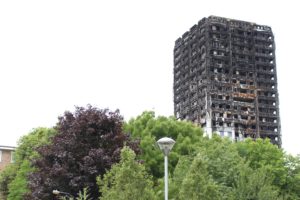Cecil Sagoe is an assistant policy officer at the housing charity Shelter. This article originally appeared on Shelter’s website.
Estate regeneration schemes proposing demolition have been politically controversial over the last decade. Now, the London Mayor is attempting to address this issue through a new policy which will see some estate residents given the right to vote on whether demolish and rebuild schemes should go ahead. Which residents have been given a right to vote, which regeneration schemes are bound by Sadiq Khan’s new policy, and what might this policy development mean for the future of regeneration?
Proposing to demolish homes as part of estate regeneration schemes has become a contentious issue within London. A 2015 report by the London Assembly found that there had been a net loss of about 8,000 social rented homes across regeneration schemes covering around 50 council estates.
As well as the loss of social homes, there has been particular controversy around how much influence residents should have over the future of their estate when demolition is proposed.
Developers, housing associations and councils conducting an estate regeneration have been required to conduct resident consultations when developing plans for a regeneration scheme. However, in London over the last few years, a broad range of council estate residents, campaigners and political figures have been demanding that the Mayor also grant estate residents a binding ballot on regeneration plans involving demolition.
Ballots for estate regeneration
On 18 July, after two consultations on this issue, the Mayor announced that schemes seeking mayoral funding and propose the demolition of affordable homes will now be required to conduct a resident ballot.
Just to be clear, this condition will be required if estate regeneration schemes propose any demolition of existing affordable homes or homes that were previously social homes; this would include council homes that were sold under the Right to Buy.
Crucially, to receive Mayoral funding a regeneration scheme involving demolition would need to secure the support of a majority of ballot participants.
If the majority of ballot participants choose to vote against a developer’s scheme then a developer could choose to walk away from it. They could also decide to not seek mayoral funding and commence with their original plans.
However, estate regeneration schemes often require a combination of public funding and private investment. So, if the developer wants to pursue the regeneration it is likely that they will need to amend its proposals and re-ballot residents on the revised proposals. This means that the Mayor’s announcement will likely give many estate residents a key say in whether a developer’s redevelopment proposals can feasibly commence.
Will all residents get a say in the ballot?
The right to be balloted on an estate’s redevelopment extends to the following residents throughout the entirety of an estate:
- social tenants
- homeowners who have been living on the estate for at least a year prior to the start of the ballot
- private tenants or households in temporary accommodation who have been on the council’s housing waiting list for at least a year prior to the start of the ballot
However, crucially, the right to be balloted does not extend to all existing residents. Notably, it will not extend to the following households on an affected estate:
- homeless households living in temporary accommodation who have been on a council’s housing waiting list for less than year
- private tenants who have been on a council’s waiting list for less than a year, or who are not on the waiting list at all
40% of council homes sold under right to buy are now let to private tenants. So, a lot of people living on estates, who have an existing stake in its future, are now likely to be private renters.
Additionally, households in temporary accommodation on an estate, regardless of the length of time they have been on a council’s waiting list, are also likely to have a direct stake in the future of the estate.
Exempt schemes
The Mayor has also emphasised that there will be five broader estate-level exemptions to the new funding condition. These include schemes where demolition is required:
- to facilitate major infrastructure projects
- due to safety concerns
- to provide supported and/or specialist housing
Exemptions will also exist for schemes where:
- planning permission was secured on or prior to 18 July 2018
- GLA funding was committed to the scheme on or prior to 2018
Schemes falling within the latter two exemptions will be subject to a ballot if they become amended to propose a greater level of demolition than had been agreed when planning permission was agreed for them/when the Mayor signed off funding for them.
Additionally, it is also critical to emphasise that current and future estate redevelopment schemes that do not seek GLA funding will not be required to conduct a resident ballot —currently, 17 out of 62 live regeneration schemes in London are not in receipt of GLA funding.
The future of estate regeneration
The move by City Hall to require resident ballots shows a desire to respond to residents’ concerns and address the controversy surrounding estate regeneration in London.
However, as (1) not all future estate regeneration schemes proposing demolition will be bound by the GLA’s new policy, and (2) not all estate residents will not be eligible to be balloted, it will likely be unsatisfactory for many campaigners who support regeneration ballots.
Additionally, other key players, such as housing associations and councils are split on the precise terms under which ballots should be conducted, or indeed whether there should be binding ballots at all.
It is therefore likely that debates will continue over the impacts that ballots will have on the future of estate regeneration. For example:
- how the introduction of ballots affects the number and nature of regeneration schemes coming forward
- whether ballots, alongside the Mayor’s good practice guide to estate regeneration, can prevent schemes from delivering a net loss of social homes
- and crucially, whether the introduction of binding ballots in London will lead to their introduction elsewhere.
As an organisation deeply concerned with the future of social housing, we at Shelter keenly await to see what the introduction of ballots will mean for the future of estate regeneration.
On London is very grateful to Shelter and to Cecil Sagoe for their permission to reproduce this article. Fellow Shelter on Twitter here and Cecil here.


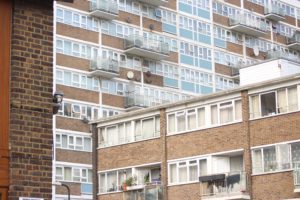
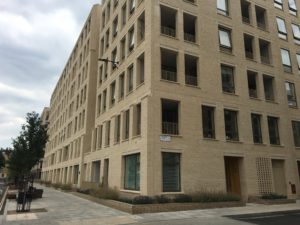
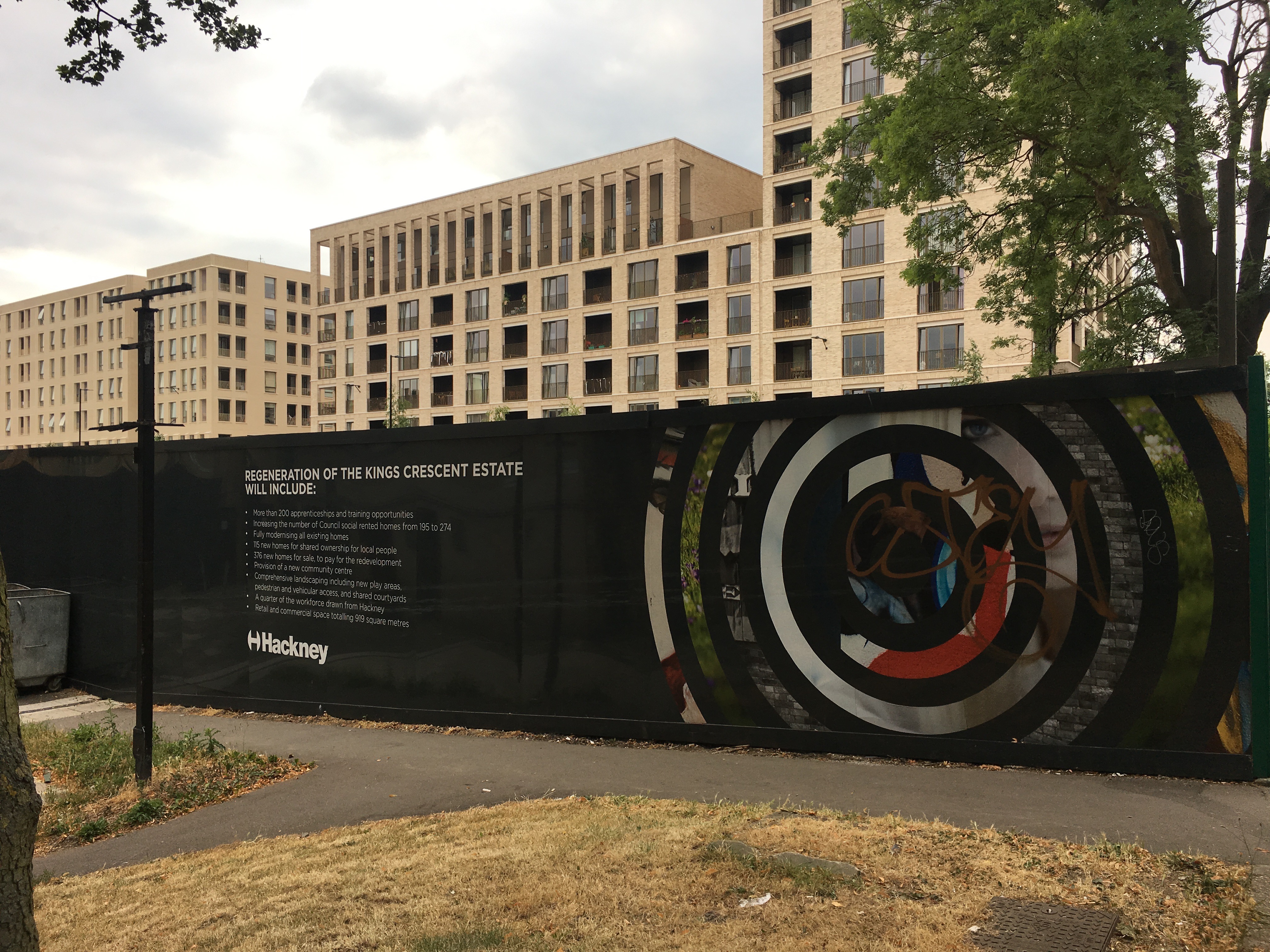

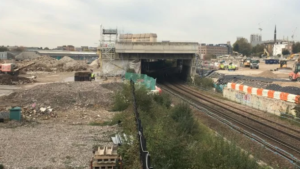


 The really exceptional thing about the scheme has been the way the Leathermarket team, architects
The really exceptional thing about the scheme has been the way the Leathermarket team, architects 
